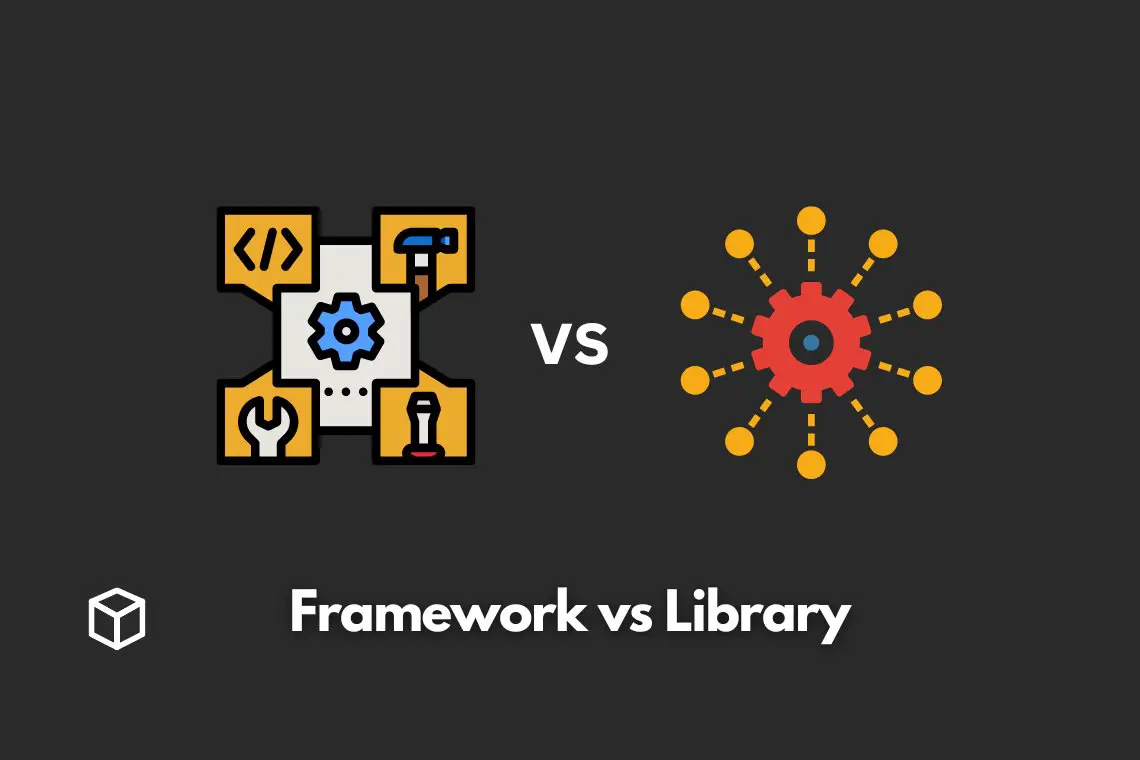As a developer, you may have come across the terms “framework” and “library” multiple times.
These two terms are often used interchangeably, but they do have distinct differences.
In this blog post, we will be discussing the differences between a framework and a library, and when to use each.
Understanding the differences between these two concepts is crucial for any developer, as it can greatly impact the design and development of a project.
Definition of a Framework
A framework is a set of pre-written code that defines the structure of a program.
It dictates the flow and organization of a program, and provides a set of guidelines for developers to follow.
Frameworks are often used to provide a consistent way of developing applications, and to promote best practices.
Some popular frameworks include Ruby on Rails, AngularJS, and .NET. Ruby on Rails is a web application framework for the Ruby programming language.
AngularJS is a JavaScript framework for building web applications. .NET is a framework for building applications on the Windows operating system.
Definition of a Library
A library, on the other hand, is a collection of pre-written code that can be used to perform specific tasks.
A library is a tool that developers can use to add functionality to their programs, without having to write the code from scratch.
Libraries are often used to perform specific operations, such as image processing or data manipulation.
Some popular libraries include jQuery, Lodash, and NumPy.
jQuery is a JavaScript library that simplifies the process of working with HTML documents.
Lodash is a JavaScript library that provides utility functions for common programming tasks.
NumPy is a library for the Python programming language that provides support for large, multi-dimensional arrays and matrices of numerical data.
Differences between Frameworks and Libraries
The main difference between a framework and a library is that a framework dictates the structure of a program, while a library provides additional functionality.
A framework provides a set of guidelines for developers to follow, while a library is a tool that developers can use to add functionality to their programs.
There are pros and cons to using a framework versus a library.
Frameworks can provide a clear structure and organization for a program, but they can also be inflexible and can limit the developer’s freedom.
Libraries, on the other hand, provide additional functionality, but they can also add complexity to a program.
The choice between a framework and a library depends on the specific needs of the project.
For large and complex projects, a framework may be the best choice, as it can provide a consistent way of developing applications.
For small and specific tasks, a library may be the best choice, as it can provide additional functionality.
When to use a Framework
As mentioned earlier, frameworks are best suited for large and complex projects.
They can provide a clear structure and organization for a program, and can promote best practices.
Frameworks can also help to reduce the amount of code that needs to be written, as many of the common tasks have already been implemented.
Examples of when to use a framework include building a web application, developing a game engine, or creating a mobile app.
Building a web application using a framework such as Ruby on Rails can greatly simplify the development process, as the framework provides a set of conventions and best practices to follow.
Developing a game engine using a framework such as Unity can help to ensure that the game engine is well-organized and efficient.
Creating a mobile app using a framework such as React Native can help to ensure that the app is cross-platform compatible.
When to use a Library
Libraries are best suited for small and specific tasks. They can provide additional functionality to a program, without the overhead of a framework.
Libraries are often used to perform specific operations, such as image processing or data manipulation.
Examples of when to use a library include adding a new feature to an existing program, performing a specific operation (e.g. image processing), or integrating with an external service.
For example, if you want to add a new feature to your web application such as image uploading, you can use a library such as Cloudinary that provides an API for uploading and manipulating images.
If you want to perform a specific operation such as image processing, you can use a library such as OpenCV that provides a wide range of image processing functions.
If you want to integrate with an external service such as a social media platform, you can use a library such as the Facebook SDK that provides an API for interacting with the Facebook platform.
Conclusion
In this blog post, we have discussed the differences between a framework and a library, and when to use each.
Frameworks dictate the structure of a program, while libraries provide additional functionality.
The choice between a framework and a library depends on the specific needs of the project.
Frameworks are best suited for large and complex projects, while libraries are best suited for small and specific tasks.
It’s important for developers to understand the differences between frameworks and libraries, as it can greatly impact the design and development of a project.
We hope that this blog post has provided a clear understanding of the topic, and we invite you to share your experiences and thoughts on the topic.




